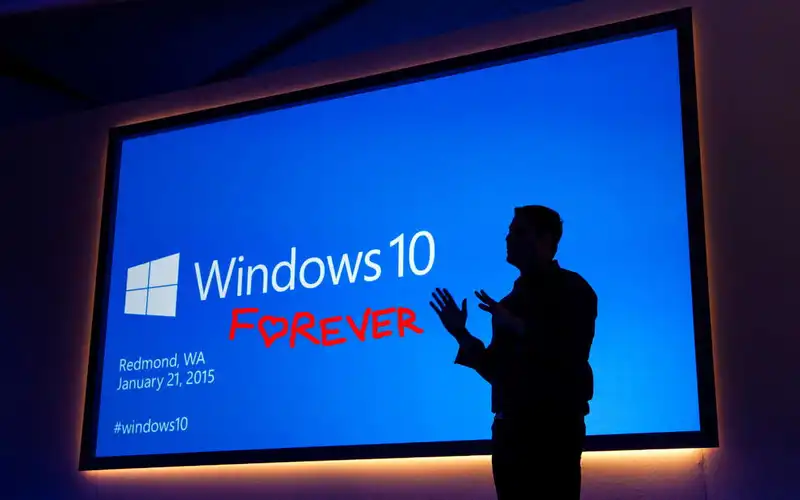Update: Microsoft has contacted us to clarify that "This week's Windows 10 ESU pricing news from Microsoft was intended for commercial organizations and EDU customers only."
"In addition, the Windows IT Pro blog has been updated as follows: the details and pricing structure discussed in this post apply to commercial organizations only. The details and pricing structure described in this post apply to commercial organizations only. Details for consumers and home users will be shared on the Consumer End of Support page at a later date. For educational institutions, more information about Windows 10 end-of-support is available on the Microsoft Education Blog.
Headings have been changed to reflect this; the original article is below.
Windows 10, unfortunately, is not long for this world. Microsoft has confirmed that the aging OS will receive free security updates until October 14, 2025, but after that it will need to participate in the ESU, or "Extended Security Update," program, which will cost money. Depending on the use case, this may be more expensive than expected.
In a recent blog post, Microsoft listed its plans for extended support, including clarifying that if you purchase an activation key to enroll your Windows 10 device in an ESU, you will have to pay $61 per device for the first year (via The Register). If this number seems high, hang on to your hats and get ready. Microsoft also announced that the price will "double every year for up to three years."
It is also worth noting that this price is cumulative, so if you decide to join the program in the second year, you will have to pay for the first year as well.
There are some exceptions to note: one is that Windows 10 devices used to access Windows 11 Cloud PCs through Windows 365 can receive security updates as part of their existing Windows 365 license as long as they have been committed for at least one year, without taking any additional steps. They are eligible to receive security updates without having to take any additional steps.
They may also receive a 25% discount on ESU licenses if they use a cloud-based update management solution such as Microsoft Intune or Windows Autopatch.
Perhaps the biggest concession, however, is the decision to allow Microsoft Education customers to obtain ESU licenses for $1 for the first year, $2 for the second year, and $4 for the third year. While this may be a sigh of relief for IT administrators who work in schools where upgrading to Windows 11 is difficult for a variety of reasons, it is certainly a very unbalanced pricing model.
As we noted when we first covered Microsoft's plans in December, many would not have chosen to upgrade to Windows 11 because of the TPM and supported CPU requirements.
If you own an unsupported machine, there are still third-party ways to force installation of Windows 11 regardless, but users can go elsewhere for a fix, or they can still go to a fully enabled and supported by most software It is not a good idea to be forced to pay a significant amount of cash just to keep an operating system secure.
But more than that, this pricing imbalance is a problem. Really, regardless of how you qualify, you get the same level of security support. Therefore, it seems unfair to force the average user to pay a very large amount of money to get updates and then raise it exponentially while others are not paying as much.
Windows 11 is now a perfectly decent operating system, but even after years of significant updates, it still does not seem to have significantly improved its user base. And this, my friends, seems to be the end of the line.


Comments